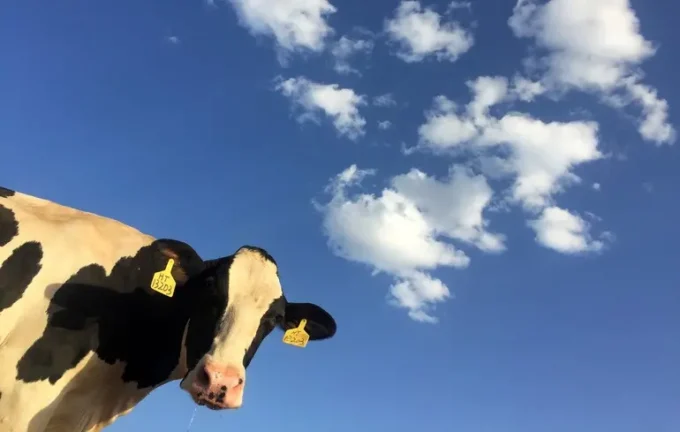Climate Crisis and Dairy Production: Why Cooling Systems Aren’t Sufficient to Halt Milk Yield Decline

Today, scientific research worldwide increasingly highlights the serious implications of climate change for agriculture, with the dairy sector facing significant challenges due to rising temperatures and shifting climatic conditions. A comprehensive 12-year study conducted in Israel examined the impact of heat stress on milk production, involving over 130,000 cows. The findings revealed that days with temperatures exceeding 26°C combined with high humidity lead to a 10% decrease in milk yields, with these effects lasting nearly 11 days. These data underscore that even the most advanced cooling systems and technological solutions installed on farms can only partially mitigate the adverse effects of heatwaves. At a temperature of 24°C, such systems can offset roughly 40% of the difficulties, but their efficiency declines as temperatures climb. Despite these limitations, experts affirm that investments in cooling infrastructure are justified, as farmers can recoup costs in approximately a year and a half. The global outlook remains concerning: by 2050, projections suggest that leading dairy-producing countries could experience average daily milk yield reductions of about 4%, with India, Pakistan, and Brazil facing losses between 3.5 and 4%, even with adaptation measures in place. The United States and China may suffer losses of 1.5 to 2.7% per cow per day. Farmers are aware of the negative effects of thermal stress and employ various adaptation strategies, but complete isolation or cooling of each cow remains prohibitively expensive. Researchers stress the importance of broad strategies that reduce not only heat stress but also other stressors, such as handling and separation of calves, which increase cows’ vulnerability to heat. Overall, addressing climate challenges in dairy production requires integrated approaches that combine technological innovation with adaptive policies, considering economic, environmental, and social factors.

